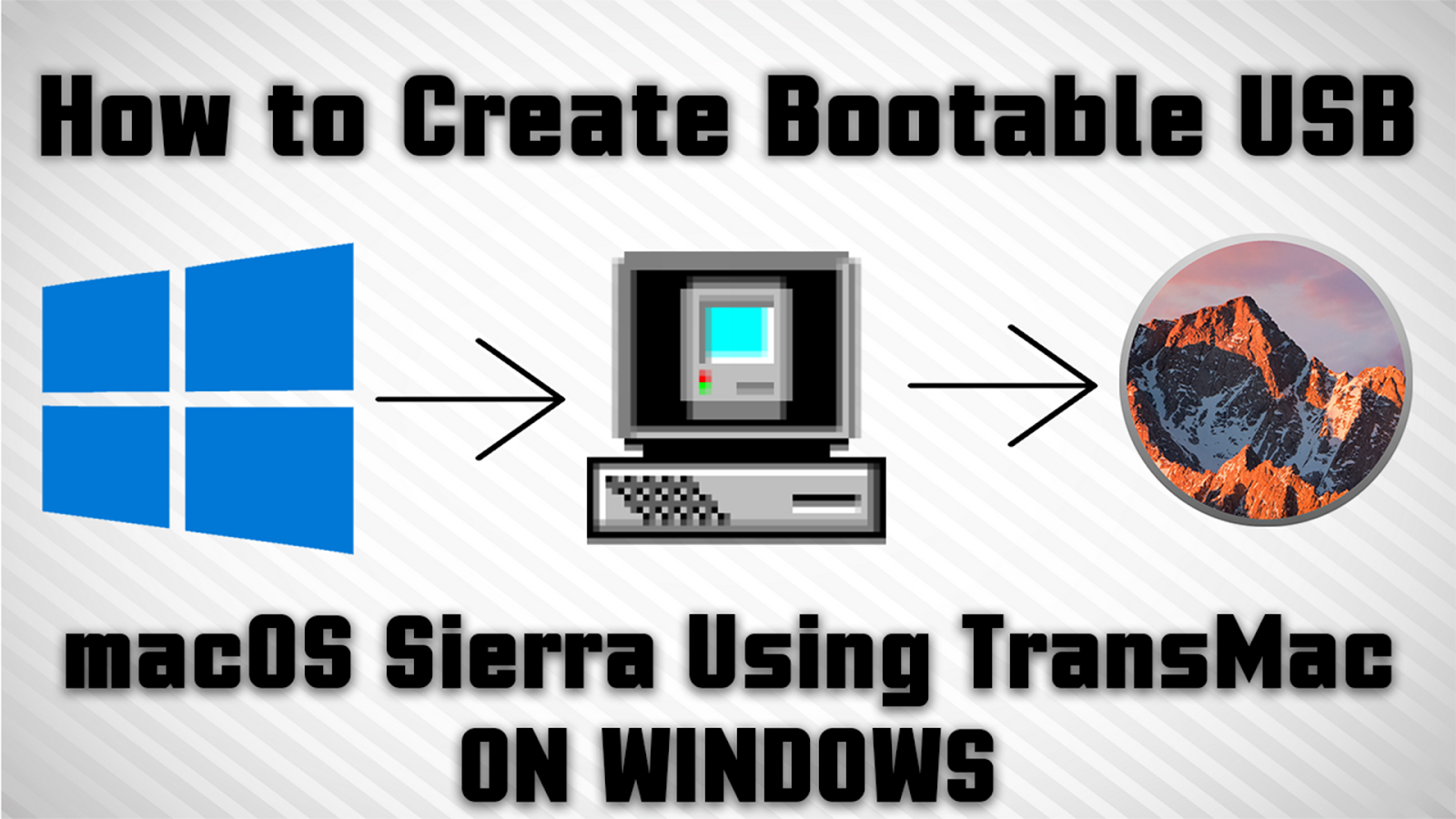

- Osx sierra photo geotag how to#
- Osx sierra photo geotag for mac#
- Osx sierra photo geotag mac os#
- Osx sierra photo geotag iso#
Editing a photo while working in a book, card, or calendar.Using Apple’s print service for printing photos.Configuring the Ken Burns effect in a slideshow.Sharing an album online via iCloud Photo Sharing.Training Photos to recognize a particular face.Working with keywords, and using the heart-icon Favorite button.Applying location information (geotags).Sorting all your albums and sorting photos within albums.Why the search field is so important in Photos.Using a third-party photo-editing extension.Editing a raw file (instead of the JPEG).Removing a blemish from a face in a photo.Applying a specific set of adjustments to more than one photo.The utility of each of the special adjustment controls.Taking advantage of the blue checkmarks on the Adjustments pane.Using basic editing controls, like rotation and crop.You’ll find directions for editing photos, including help with: How do I interpret (or turn off) the icons that overlay my photos?.Can I delete iPhoto? What about my old iPhoto library?.What should I expect if I turn on iCloud Photo Library?.What is the System Photo Library, and why is it important?.

Osx sierra photo geotag how to#
You’ll also learn how to work with the editing tools - and how to use third-party editing extensions.Īnd, for those who are feeling crafty, there’s a chapter about using Photos’ features to create your own books, cards, and calendars. Once your images are safe and sound in the Photos app, Jason helps you understand the Photos interface and points out how you can organize your images. Jason tells you what to expect from Photos in comparison to iPhoto and Aperture, and walks you through importing libraries from iPhoto and Aperture.
Osx sierra photo geotag mac os#
Another option is to disable location data on the iPhone Camera completely, which would prevent the user from having to remove that data or worry about it to begin with, but doing so would prevent some of the kind of fun features like being able to tell exactly where a picture was taken, something that can be done with Photos app and Preview in Mac OS X.Join Jason Snell, former lead editor at Macworld, and make yourself at home in Apple’s Photos app, which replaces both iPhoto and Aperture. For that reason, many photographers like to strip EXIF data from their images, something which is quite easy to do with the help of a separate Mac app. While having EXIF data available to the local user is nice, not everyone wants EXIF data to be included in pictures they share online, particularly if they contain location information. Finally, you can also add or tag faces to photos if you want to search images that way and they weren’t’ detected automatically by the Photos app. This “Get Info” window also allows users to provide additional details about pictures by adding a title to the picture that won’t override the file name (for example, “IMG_3839.JPG” isn’t too informative, but “Shasta Water Reflections” is a bit more meaningful), a description, and even keywords that you can search on your own.

Osx sierra photo geotag iso#
You’ll immediately see a little pop-up window appear in Photos app with the details of the picture in the following order: image file name, date and time image was taken, camera type, camera aperture setting, photo resolution and image file size, image file type, ISO setting, f-stop aperture, and shutter speed. Right-click (or Control+click) on any picture in the Photos app and choose “Get Info”.
Osx sierra photo geotag for mac#
Viewing the additional technical EXIF details of any image in Photos app for Mac is really easy, you can do this from the general thumbnail view of Photos, Albums, Projects, or Shared images, or you can get to the EXIF data right from an open picture: How to View EXIF Data of Images on Mac with Photos app


 0 kommentar(er)
0 kommentar(er)
